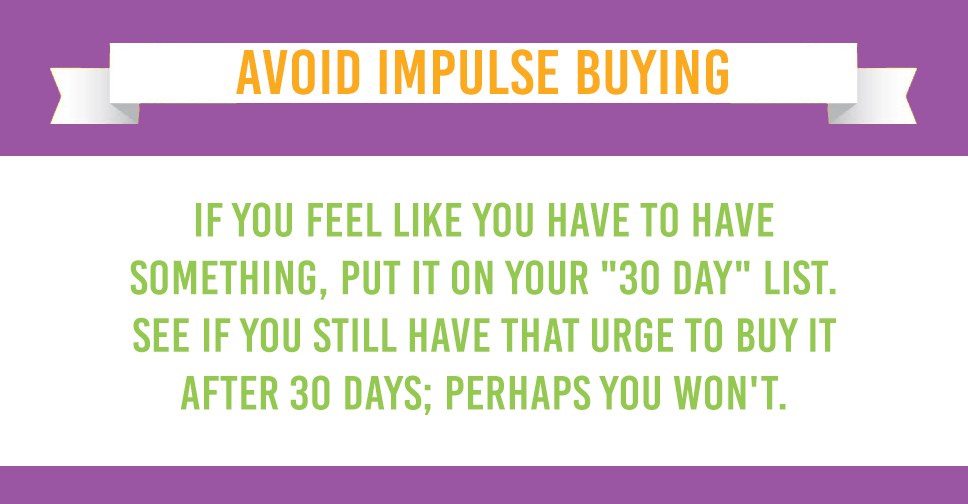Impulse buying is the easiest way to drain your bank account without even knowing it.
So, if you find yourself frustrated at the lack of funds in your account at the end of each month and don’t know where your money is going, you are probably falling victim to impulse buying.
Suppose you are regularly giving in to the temptation of impulse buying. In that case, there are some ways to minimize and even eliminate the situations that cause you to hit submit on that order or fill up your cart. Keep reading for six essential tips to stop impulse buying.
1. Unsubscribe from store emails and texts
You are bombarded daily with emails and text messages from your favorite stores, letting you know about exclusive discount codes, upcoming sales, and new items in stock.
These emails are designed with one thing in mind, to tempt you to click through to the site and make a purchase.
When you need to stop impulse buying, unsubscribe from these messages. It is as simple that: out of sight, out of mind.
Of course, you can always resubscribe in the future, but it is helpful to take a break when trying to reign in your spending.
2. Set a strict budget
If you have found that your spending is out of control, setting a budget is a great way to get your financial priorities in line.
However, when you take a deep dive into your finances and get serious about budgeting, you might be surprised at what you learn about your spending habits.
Look at your monthly income and expenses, including bills, food, transportation, and other household expenses. At the end of the month, see what you have left, and account for all your necessary expenses and savings.
Based on what you have leftover, you can allow yourself a certain amount for discretionary spending. Then, commit to not going over that amount each month.
After that, when you’ve spent everything in that discretionary allowance, you cannot buy anything else that month.
3. Unfollow social media influencers
Social media is a significant part of our culture. Although it used to be a place to stay in touch online with people you know, social media’s reach and overall goal have changed.
- A large part of the social media space are influencers who constantly push products you “have to” buy.
- As a result, many people report purchasing items they would never buy otherwise because they saw it posted by several influencers and want to emulate them.
If you are trying to stop impulse buying, go through who you follow on social media and unfollow any influencers who make you feel like you must keep buying things.
4. Remove your credit card information from stores
Online shopping makes it almost too easy to impulse buy or overspend. Many sites allow you to save all your information, including shipping details and credit card numbers, so that you can check out in as little as one click.
https://www.ramseysolutions.com/budgeting/stop-impulse-buys
To put a barrier between you and the “place order” button, remove your credit card information from your favorite online stores like Amazon.
Then, when you make a purchase, you must get your wallet and enter all your details again. This might give you time to think about whether you want to order it or not.
5. Sleep on it

When you are tempted to make an impulse purchase, set a rule that you will sleep on all purchases for at least one night before you place your order. This is a great practice to make sure you want something and can afford to spend the money on it.
Put the item in your cart and then close the tab. Revisit it the next day and see how you feel about it. By waiting overnight, you might find that the item does not interest you as much as it did at the moment.
If you still want the item, weigh out whether you can afford it and make sure it’s something you genuinely need.
6. Never shop when you’re sad or mad
A good rule of thumb to avoid overspending or impulse buying is never to shop when you feel emotional, particularly negative ones. For example, if you feel sad or mad, reconsider “retail therapy” as your medicine of choice.
Avoid walking around the mall to blow off steam or perusing your favorite clothing site when you feel sad. You will have buyers’ remorse when you’re in a better mood and see how much you spent.
When emotions are heightened, you are more likely to make a rash decision and purchase something out of character. Try to think of a more constructive way of dealing with your emotions, like taking a walk outside, talking to a friend, meditating, or journaling.

Leave a Reply